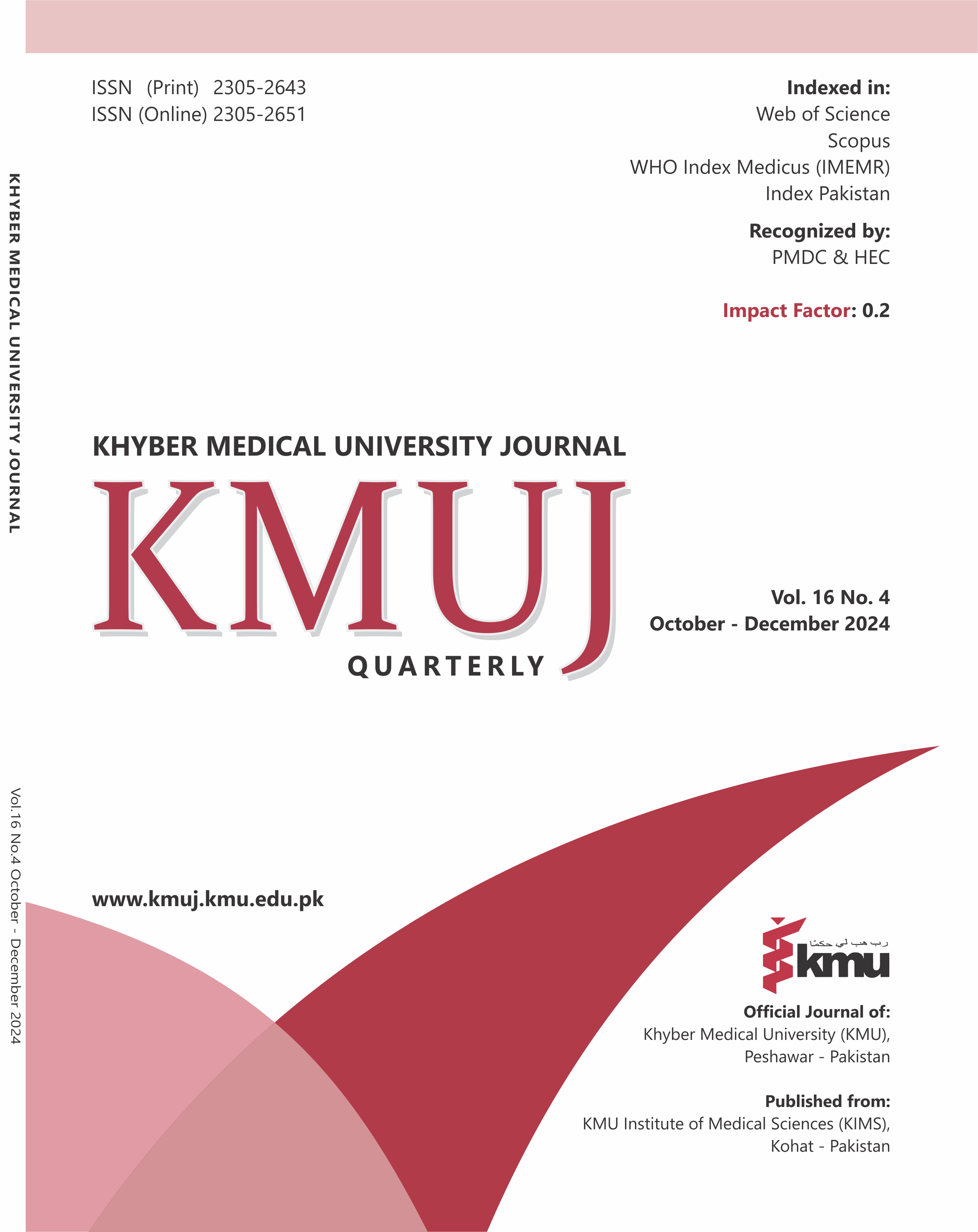A pediatric case of multifocal motor neuropathy with the conduction block
Main Article Content
Abstract
Background: Multifocal motor neuropathy with conduction block (MMNCB) is a rare immune-mediated motor neuropathy, predominantly seen in adults, with few pediatric cases reported. It presents as asymmetric distal limb weakness without sensory loss. Diagnosis is based on clinical features, nerve conduction studies (NCS), and occasionally anti-ganglioside antibodies, which are less frequently positive in children. Intravenous immunoglobulins (IVIG) are the primary treatment, with corticosteroids and plasmapheresis being ineffective.
Case presentation: We report the case of a 14-year-old boy presenting with progressive, asymmetric limb weakness over one year, beginning with the left foot and later involving all limbs. The weakness affected distal muscles more severely, impairing his mobility and daily activities. Neurological examination revealed reduced muscle tone, generalized areflexia, and preserved sensory function. NCS demonstrated conduction block with temporal dispersion in multiple motor nerves, consistent with MMNCB. Anti-GM1 antibodies were negative, but anti-GM3 and GD1b antibodies were positive. Cerebrospinal fluid analysis showed elevated protein levels without pleocytosis. The patient was treated with IVIG (0.4 g/kg/day for five days) and initiated on occupational and physiotherapy. Significant improvement in muscle strength was observed within three months, with only mild residual weakness.
Conclusion: This rare case highlights the diagnostic challenges of MMNCB in pediatric patients and highlights the importance of clinical and electrophysiological correlation, even in the absence of anti-GM1 antibodies. Early recognition and timely IVIG therapy can lead to remarkable recovery, emphasizing the need for increased awareness of this rare pediatric condition.
Article Details

This work is licensed under a Creative Commons Attribution 4.0 International License.
Work published in KMUJ is licensed under a
Creative Commons Attribution 4.0 License
Authors are permitted and encouraged to post their work online (e.g., in institutional repositories or on their website) prior to and during the submission process, as it can lead to productive exchanges, as well as earlier and greater citation of published work.
(e.g., in institutional repositories or on their website) prior to and during the submission process, as it can lead to productive exchanges, as well as earlier and greater citation of published work.
References
1. Moroni I, Bugiani M, Ciano C, Bono R, Pareyson D. Childhoodonset multifocal motor neuropathywith conduction blocks. Neurology 2006;66(6):922-4. http://doi.org/10.1212/01.wnl.0000203346.25068.3f
2. Ramdas S, Prasad M, Spillane K, Kirkpatrick M. Acute motor neuropathy with pure distal involvement-a case report of multifocal motor neuropathy. Eur J Paediatr 2013;17(4):415-8. http://doi.org/10.1016/j.ejpn.2012.12.005
3. Joint Task Force of the EFNS and the PNS. European Federation of Neurological Societies/Peripheral Nerve Society guideline on management of multifocal motor neuropathy. Report of a joint task force of the European Federation of Neurological Societies and the Peripheral Nerve Society--first revision. J Peripher Nerv Syst 2010;15(4):295-301.
4. McDonald DG, Farrell MA, McMenamin JB. Focal upper limb neuropathy in a child. Eur J Paediatr Neurol 2000;4(6):283-7. http://doi.org/10.1053/ejpn.2000.0381
5. Lawson VH, Arnold WD. Multifocal motor neuropathy: a review of pathogenesis, diagnosis, and treatment. Neuropsychiatr Dis Treat 2014;10:567-76. http://doi.org/10.2147/NDT.S39592
6. Léger JM, Guimarães-Costa R, Iancu Ferfoglia R. The pathogenesis of multifocal motor neuropathy and an update on current management options. Ther Adv Neurol Disord 2015;8(3):109-22. http://doi.org/:10.1177/1756285615575269
7. Edelman F, Naddaf E, Waclawik AJ. Upper Extremity Multifocal Neuropathy in a 10-Year-Old Boy Associated With NS6S Disaccharide Antibodies. J Child Neurol 2015;30(7):945-8. http://doi.org/10.1177/0883073814541472
8. Ishigaki H, Hiraide T, Miyagi Y, Hayashi T, Matsubayashi T, Shimoda A, et al. Childhood-Onset Multifocal Motor Neuropathy With Immunoglobulin M Antibodies to Gangliosides GM1 and GM2: A Case Report and Review of the Literature. Pediatr Neurol 2016;62:51-7.
9. Maeda H, Ishii R, Kusunoki S, Chiyonobu T. Childhood-onset multifocal motor neuropathy with IgM antibodies to GM2 and GalNac-GD1a. Brain Dev 2020;42(1):88-92. http://doi.org/10.1016/j.braindev.2019.08.013
10. Kamata A, Muramatsu K, Sawaura N, Makioka N, Ogata T, Kuwashima M, Arakawa H. Demyelinating neuropathy in a 6-year-old girl with autism spectrum disorder. Pediatr Int 2017;59(8):951-4. http://doi.org/10.1111/ped.13331
11. Yeh WZ, Dyck PJ, van den Berg LH, Kiernan MC, Taylor BV. Multifocal motor neuropathy: controversies and priorities. J Neurol Neurosurg Psychiatry 2020;91(2):140-8
12. Hamaguchi T, Sakajiri K, Sakai K, Okino S, Sada M, Kusunoki S. Guillain-Barré syndrome with antibodies to GD1a/GD1b complex. J Neurol Neurosurg Psychiatry 2007;78(5):548-9. http://doi.10.1136/jnnp.2006.108217
13. Jinka M, Chaudhry V. Treatment of multifocal motor neuropathy. Curr Treat Options Neurol 2014;16(2):269. http://doi.org/10.1007/s11940-013-0269-y
14. Piepers S, Van den Berg-Vos R, Van der Pol WL, Franssen H, Wokke J, Van den Berg L. Mycophenolate mofetil as adjunctive therapy for MMN patients: a randomized, controlled trial. Brain 2007;130(Pt 8):2004-10. http://doi.org/10.1093/brain/awm144
